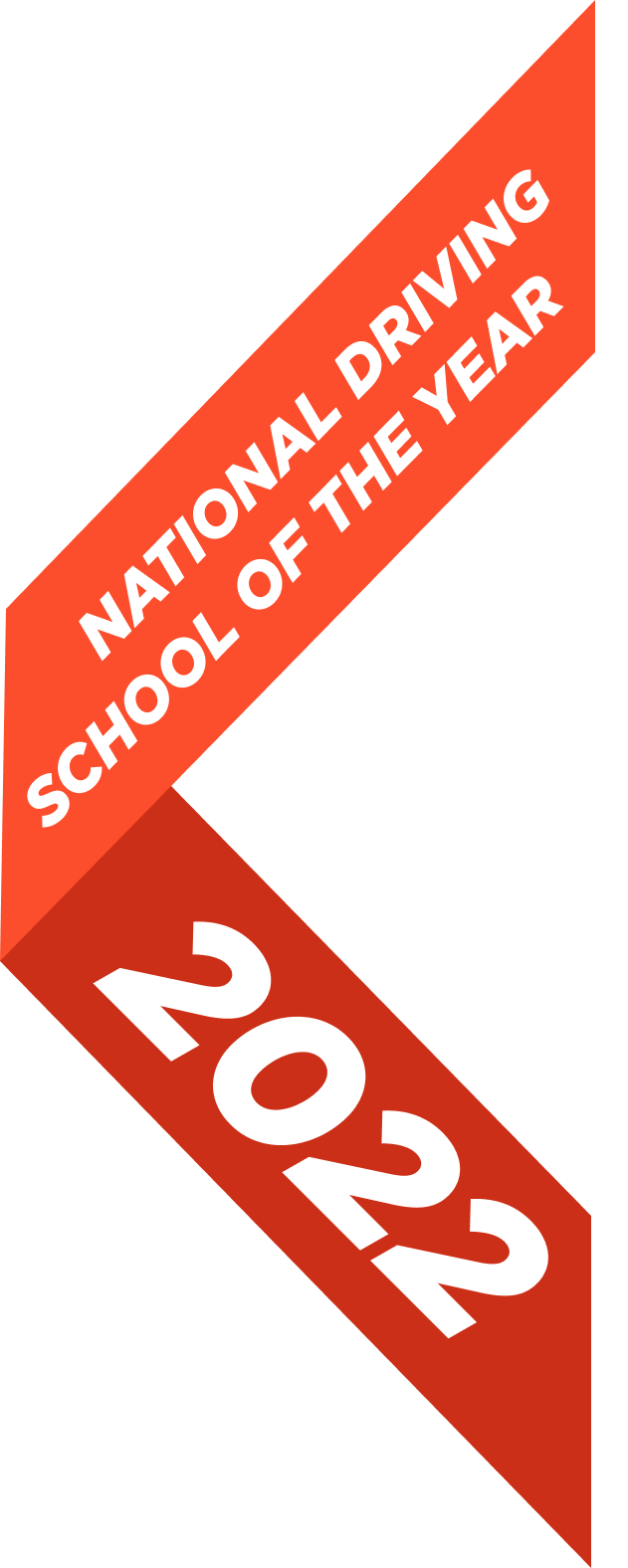




Ready for take-off? This is your checklist!
Precautions before starting the engine:
Your car needs to be in good working order before you turn the key in the ignition. These are the things you need to check:
Always use the MSM (Mirror – Signal – Manoeuvre) and PSL (Position – Speed – Look) routines.
You need to:
To make sure you always have a safe position on the road, you need to:
You should always check your mirrors before changing speed or direction
Examples:
You should turn around to look in the blind spot when you’re stationary, for example before:
Do you know the difference between a Y-junction and crossroads, or a roundabout and an unmarked junction?
When approaching a junction or roundabout, you’ve got to slow down in time so you won’t have to brake harshly if you need to stop.
Always watch out for the more vulnerable road users such as children and cyclists.
Can you deal safely with meeting, crossing and overtaking traffic?
Do you know when it’s illegal to overtake another vehicle?
What the appropriate speed is depends on:
Hopefully, you won’t use this skill often because your eyes are always on the road and you can identify hazards well in advance. If you do need to brake quickly, it is important to keep both hands on the wheel and try to stop in a straight line.
If your car doesn’t have ABS brakes, you run the risk of skidding. If this starts to happen, fully release your brake pedal and then reapply. If the rear of your car is sliding sideways, you can make up for this by gently steering in the same direction. Press the clutch fully down just before you stop to avoid stalling the engine.
The internet is awash with videos and pictures of drivers making a fool of themselves while parking.
You need a lot of attention, precision, patience and practice to master this skill. Why not get in the right mood with our parking game?
You will need to complete a hazard perception test when you take the theory test and you need to pass both parts of the test at the same time. When you are driving you will need to be constantly using your perception skills to spot hazards and be able to plan to deal with them safely. The test is conducted online by showing you clips of road situations. You need to identify any developing hazards and click the mouse – Simple! Watch this video for more information.
If you want to turn your car around to face the opposite direction, you’ll have to choose between:
‘U Turn’
You can complete a ‘U Turn’ in wide roads, by utilising the mouth of a junction opposite you or by turning at a major junction or traffic lights. If the manoeuvre is not allowed in the location, then there will be signs prohibiting this.
Reversing into a side street
Choose a safe, quiet side road or better still, drive round a block of side streets
Avoid reversing from a side road into a main road
Use all your mirrors before you start reversing
‘3 point turn’
Once you’re familiar with all the different manoeuvres, your instructor will give you the chance to experience what it will be like to drive after you have passed your test.
Here’s some tips:
You will need to be able to follow route directions in several ways.
Your RED instructor will use clear concise instructions so you will never be confused and the examiner will do the same.
You need to be able to follow the directions given by road signs. You will need to choose the correct lane yourself and decide on which signals to use if necessary. You may need to demonstrate you can do this on your driving test.
Satellite navigation devices can be very useful particularly when you are driving in a strange area and looking for a specific address. You may need to demonstrate you can do this on your driving test.